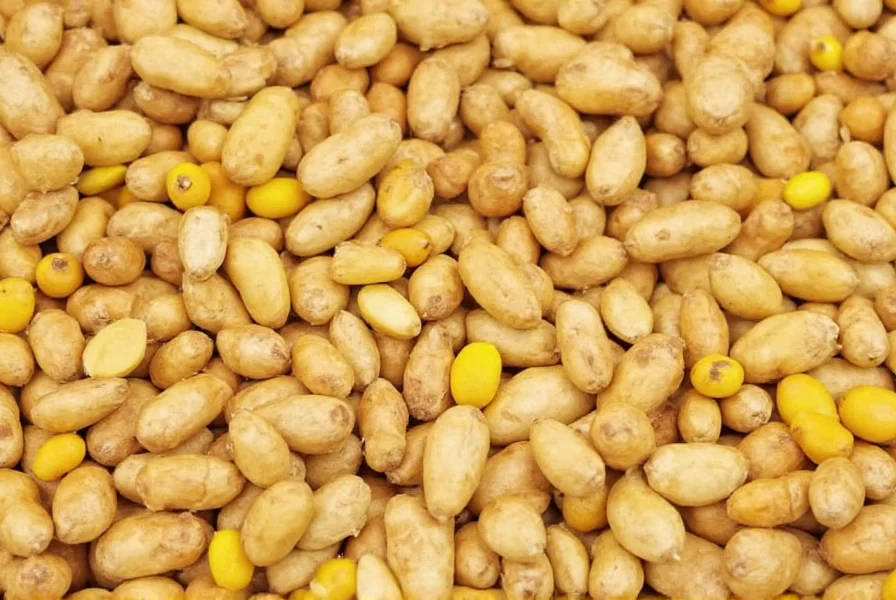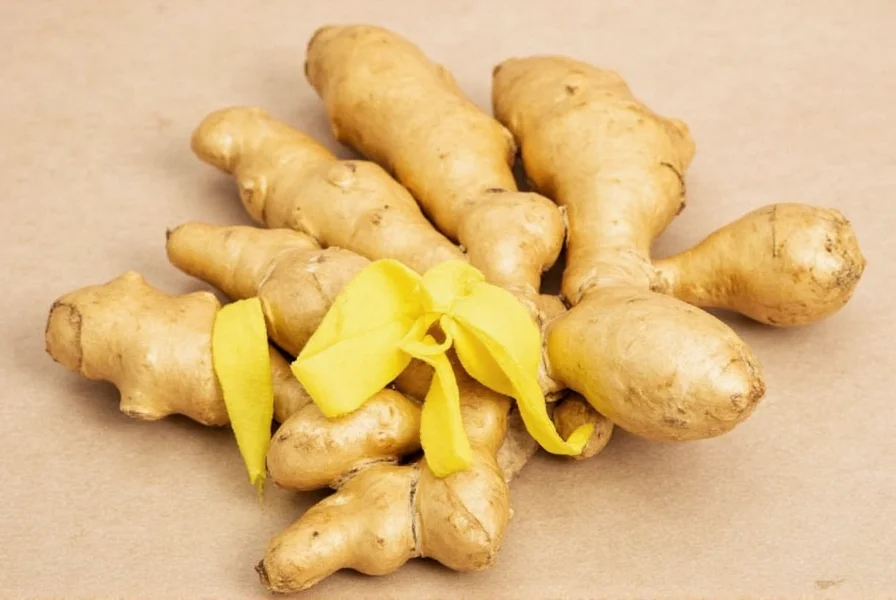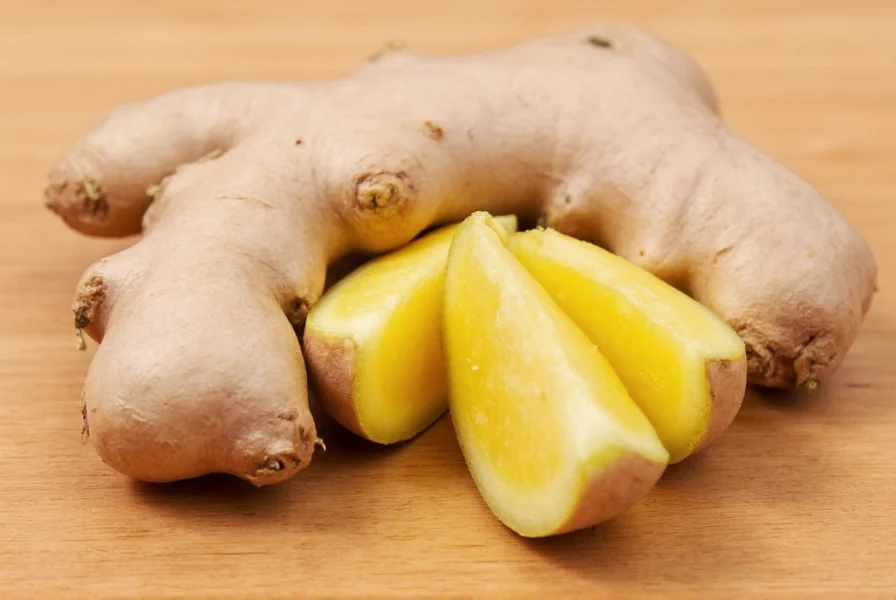When searching for information about ginger in Spanish contexts, many learners and cooks seek clarification on terminology, pronunciation, and culinary applications. Understanding how to properly use 'jengibre' in conversation and cooking significantly enhances communication in Spanish-speaking environments and expands your culinary repertoire.
Understanding the Term 'Jengibre' in Spanish
The word 'jengibre' entered the Spanish language through Arabic influence during the Moorish period in Spain. Unlike English which uses 'ginger' for both the plant and spice, Spanish maintains the same term 'jengibre' for all forms. This linguistic consistency simplifies usage for Spanish learners compared to some other languages that differentiate between fresh and dried forms.
| English | Spanish | Pronunciation | Usage Example |
|---|---|---|---|
| Ginger root | Raíz de jengibre | RYEZ deh hen-HEE-bray | "Necesito raíz de jengibre fresca para la receta.\" |
| Ginger tea | Té de jengibre | TEH deh hen-HEE-bray | "El té de jengibre ayuda con el malestar estomacal.\" |
| Candied ginger | Jengibre cristalizado | hen-HEE-bray krees-tah-lee-ZA-do | "El jengibre cristalizado es un buen postre digestivo.\" |
Pronunciation Guide for Spanish Learners
Mastering the pronunciation of how to say ginger in Spanish requires attention to two key elements. The 'j' in 'jengibre' makes a guttural sound similar to the 'ch' in Scottish 'loch' or German 'Bach'. The stress falls on the second syllable (hen-HEE-bray), which many English speakers initially misplace. Unlike English where 'ginger' rhymes with 'finger', Spanish pronunciation follows strict phonetic rules without this rhyme pattern.
Regional variations exist but remain minimal for this term. In Caribbean Spanish, the pronunciation might soften slightly, while in some Andean regions, the 'r' may have a lighter tap. However, 'jengibre' remains universally understood across all Spanish-speaking countries, making it one of the more consistent culinary terms in the language.

Culinary Applications of Jengibre in Spanish-Speaking Regions
While not as dominant in traditional Spanish cuisine as in Asian cooking, ginger in Spanish recipes appears in specific regional dishes and preparations. In Spain's southern regions, particularly Andalusia, ginger features in certain meat marinades and spice blends influenced by Moorish culinary traditions. Spanish chefs often pair jengibre with citrus elements, creating bright flavor profiles that complement seafood dishes common along the Mediterranean coast.
Latin American cuisines incorporate ginger more extensively. In Mexico, jengibre appears in traditional beverages like 'agua de jengibre' and certain mole preparations. Caribbean nations use it in marinades for tropical fruits and in spiced rums. Peruvian cuisine features ginger in some ceviche variations, while in Argentina it occasionally appears in dulce de leche variations. Understanding these regional applications helps when navigating menus or cooking authentic dishes.
Common Misconceptions About Ginger in Spanish
Many learners confuse 'jengibre' with similar-sounding words like 'jinete' (rider) or 'genio' (genius). This confusion often stems from English speakers expecting Spanish words to follow similar phonetic patterns to English. Another frequent error involves using 'ginger' as a direct translation for the English term describing red-haired people. In Spanish, red-haired individuals are called 'pelirrojo' (literally 'red-haired'), not 'jengibre'.
When discussing Spanish word for ginger spice in culinary contexts, some mistakenly believe regional variations exist comparable to 'pepper' (pimienta vs. pimiento). However, 'jengibre' maintains consistent usage across all Spanish-speaking regions for the spice, with no significant regional terminology differences to navigate.
Practical Usage in Daily Conversations
Knowing how to properly request ginger while shopping or dining significantly enhances your experience in Spanish-speaking environments. At markets, you might say: '¿Tiene jengibre fresco?' (Do you have fresh ginger?). In restaurants, you could ask: '¿Lleva jengibre esta salsa?' (Does this sauce contain ginger?). For cooking instructions, recipes might specify 'pelar y rallar el jengibre' (peel and grate the ginger).
When traveling through Spanish-speaking countries, understanding these phrases helps avoid confusion with similar ingredients. Unlike some spices that have multiple regional names, using ginger in Latin American cuisine follows consistent terminology, making 'jengibre' one reliable term to remember across all destinations.

Medicinal and Cultural Significance
Beyond culinary applications, jengibre holds traditional medicinal value across Spanish-speaking cultures. Many households maintain the practice of preparing 'té de jengibre' for digestive issues or cold symptoms. In some Latin American communities, ginger features in traditional remedies passed down through generations, often combined with honey and lemon.
The cultural significance varies by region. In Spain, ginger appears less frequently in traditional folk medicine compared to Latin American countries where indigenous healing practices incorporated the spice more extensively. This historical context explains why ginger in Spanish recipes from Latin America often includes both culinary and wellness applications, while Spanish recipes typically focus on flavor enhancement alone.
Frequently Asked Questions
What is the correct pronunciation of 'jengibre' in Spanish?
The correct pronunciation is hen-HEE-bray, with the stress on the second syllable. The 'j' makes a guttural sound similar to the 'ch' in Scottish 'loch'. Many English speakers mistakenly pronounce it with a soft 'j' sound like in English, but in Spanish it has a stronger, throatier pronunciation.
Does the word for ginger change in different Spanish-speaking countries?
No, 'jengibre' is the universal term for ginger across all Spanish-speaking countries. Unlike some food terms that vary regionally, this culinary term remains consistent from Spain to Argentina. You can reliably use 'jengibre' whether you're in Madrid, Mexico City, or Buenos Aires.
How do I ask for ginger in a Spanish-speaking market?
You can say '¿Tiene jengibre fresco?' (Do you have fresh ginger?) or 'Quisiera comprar jengibre, por favor' (I would like to buy ginger, please). For ground ginger, specify 'jengibre en polvo'. Market vendors will understand these phrases throughout the Spanish-speaking world.
Is ginger commonly used in traditional Spanish cooking?
Ginger appears less frequently in traditional Spanish cooking compared to Latin American cuisines. It features primarily in certain regional dishes from southern Spain with Moorish influences, and occasionally in spice blends or marinades. You'll find more extensive use of ginger in Latin American recipes than in classic Spanish cuisine.
Can I substitute ginger in Spanish recipes if I don't have it?
While not a perfect substitute, you can use a small amount of cinnamon or allspice in some Spanish recipes that call for ginger, particularly in sweet applications. For savory dishes, consider using a touch of lemon zest to provide a similar bright note. However, for traditional recipes like certain moles or Caribbean marinades, ginger's unique flavor is difficult to replicate authentically.











 浙公网安备
33010002000092号
浙公网安备
33010002000092号 浙B2-20120091-4
浙B2-20120091-4